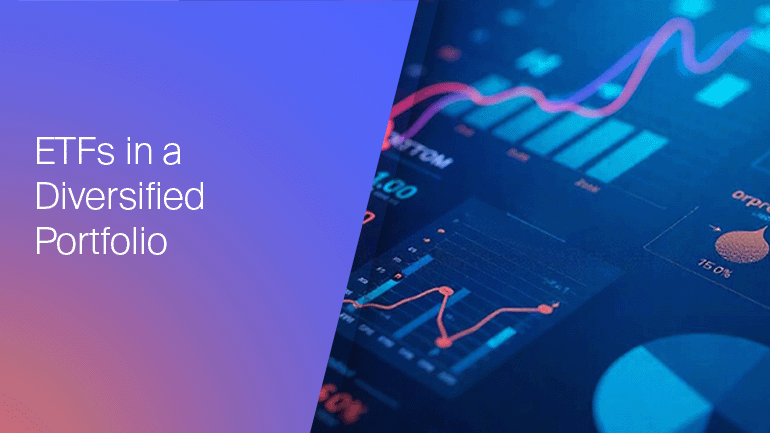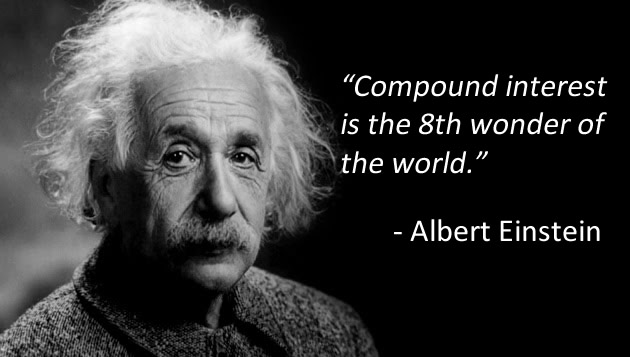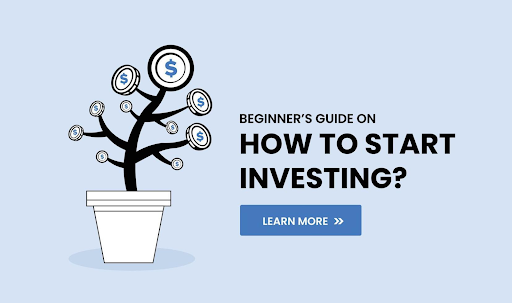For anyone taking their first steps into the world of basic investing for beginners in the U.S., the sheer volume of options can be daunting. Stocks, bonds, mutual funds, and more… it’s a lot to take in. Fortunately, Exchange-Traded Funds (ETFs) have emerged as an incredibly popular and accessible investment vehicle, particularly for those just starting out.
ETFs offer a smart and efficient way to gain diversified market exposure, often with lower costs and greater flexibility than many traditional investment options. Understanding ETFs for beginners is a key step towards building a solid, long-term investment portfolio.
What is an ETF? The Basics for Beginners
Think of an ETF as a basket of different investments (like stocks, bonds, or commodities) bundled together into a single fund. What makes ETFs unique is that, unlike traditional mutual funds, they trade on stock exchanges throughout the day, much like individual stocks. Their price fluctuates constantly during market hours.
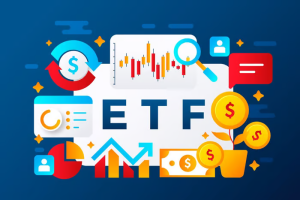
Here’s a breakdown of how they simplify investing:
- Diversification in a Single Purchase: Instead of buying individual shares of many companies to diversify your portfolio, an ETF allows you to invest in a collection of assets with just one transaction. For example, an S&P 500 ETF holds shares in 500 of the largest U.S. companies, giving you instant exposure to a broad swath of the American economy.
- Trades Like a Stock: You can buy and sell ETF shares anytime the market is open, just as you would with a regular stock. This offers flexibility that mutual funds, which only trade once a day after the market closes, don’t provide.
- Typically Passively Managed: Most ETFs are designed to track a specific market index (like the S&P 500, a bond index, or a foreign market index). This “passive management” means there’s no expensive team of managers actively trying to pick winning stocks, leading to lower operating costs.
The Key Benefits of ETFs for Beginners
ETFs have rapidly become a favorite among new and experienced investors alike due to several compelling advantages:
- Instant Diversification: This is perhaps the biggest benefit for beginners. By owning an ETF that tracks a broad market index, you automatically diversify your investment across many companies or assets. This reduces the risk compared to putting all your money into a single stock. If one company in the ETF performs poorly, its impact on your overall investment is minimal.
- Low Costs (Low Expense Ratios): Because most ETFs are passively managed, they have significantly lower annual fees (known as expense ratios) compared to actively managed mutual funds. While an actively managed fund might charge 0.50% to 1.50% or more per year, many popular broad-market ETFs charge as little as 0.03% to 0.15%. Over decades, these small fee differences can save you thousands, even tens of thousands, of dollars.
- Accessibility and Low Minimums: Many U.S. online brokerages now offer commission-free trading for ETFs, meaning you don’t pay a fee to buy or sell them. Furthermore, the ability to buy fractional shares of ETFs (buying just a portion of a share for as little as $1 or $5) makes them accessible even if you’re investing with little money.
- Transparency: ETFs generally disclose their holdings daily, so you always know exactly what you own within the fund.
- Flexibility: You can set various order types (like limit orders) for ETFs, giving you more control over the price you buy or sell at, similar to individual stocks.
- Tax Efficiency: Due to their structure and lower turnover, many ETFs are generally more tax-efficient than actively managed mutual funds, leading to fewer capital gains distributions that can trigger taxes in a taxable brokerage account.
Common Types of ETFs for Beginners in the U.S.
To build a well-diversified portfolio, beginners can focus on a few key types of ETFs:
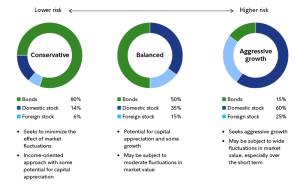
- Broad Market Equity ETFs (Stocks): These are excellent for capturing the overall growth of the stock market.
- U.S. Total Stock Market ETFs: Invest in thousands of U.S. companies, from large to small (e.g., Vanguard Total Stock Market ETF (VTI)).
- S&P 500 ETFs: Focus on the 500 largest U.S. companies, representing a significant portion of the U.S. economy (e.g., Vanguard S&P 500 ETF (VOO), iShares Core S&P 500 ETF (IVV), SPDR S&P 500 ETF Trust (SPY)).
- International Equity ETFs: Provide exposure to companies outside the U.S., offering global diversification (e.g., Vanguard Total International Stock ETF (VXUS)).
- Bond ETFs: Invest in a basket of bonds, offering stability, income, and diversification from stocks. Useful for balancing your portfolio as you approach financial goals (e.g., Vanguard Total Bond Market ETF (BND)).
- Dividend ETFs: Focus on companies that consistently pay dividends, providing a regular income stream (e.g., Vanguard Dividend Appreciation ETF (VIG)).
- Sector ETFs: Invest in specific industries (e.g., technology, healthcare, energy). While they offer targeted exposure, they can be more volatile and are generally best considered after you have a solid foundation in broad market funds.
How to Buy ETFs for Beginners
- Open a Brokerage Account: You’ll need an investment account with an online brokerage. Popular beginner-friendly platforms in the U.S. include Fidelity, Charles Schwab, Vanguard, E*TRADE, and Robinhood. Many offer $0 account minimums.
- Fund Your Account: Transfer money from your bank account to your brokerage account.
- Research and Select ETFs: Use the brokerage’s search tools to find ETFs that align with your goals and risk tolerance. For beginners, starting with broad market U.S. and International stock ETFs, and a bond ETF, is often recommended.
- Place an Order: Just like buying a stock, you’ll enter the ETF ticker symbol (e.g., VOO for Vanguard S&P 500 ETF), the number of shares (or a dollar amount if your brokerage offers fractional shares), and choose your order type (usually a “market order” for immediate execution or a “limit order” to set a specific price).
- Invest Regularly: Set up automatic investments to consistently buy more ETF shares over time. This strategy, known as dollar-cost averaging, is powerful for long-term growth and reduces the stress of trying to time the market.
ETFs vs. Mutual Funds for Beginners
While both ETFs and mutual funds offer diversification, there are key differences:
| Feature | ETFs | Mutual Funds |
| Trading | Trade like stocks throughout the day | Trade once a day after market close (at NAV) |
| Flexibility | More flexible trading, can use limit orders | Less flexible, single daily price |
| Minimums | Often $0 account minimums, fractional shares | Can have high minimum initial investments |
| Fees | Generally lower expense ratios (passive) | Can have higher expense ratios (active), loads |
| Tax Efficiency | Generally more tax-efficient | Can be less tax-efficient (higher turnover) |
| Management | Primarily passive (tracking an index) | Can be passive (index funds) or active |
For most beginners, low-cost, passively managed ETFs or index funds are often the most straightforward and cost-effective choice.
Conclusion
ETFs for beginners provide an incredibly accessible, diversified, and cost-effective entry point into the U.S. investment markets. By offering the benefits of diversification within a single, tradable security, ETFs simplify the investment process and empower new investors to build a robust portfolio with ease.
Embrace the power of ETFs by choosing broad-market funds, investing consistently, and letting their low costs and inherent diversification work for you. With ETFs, you’re not just buying a single stock; you’re buying a piece of the market’s long-term growth, setting yourself on a clear path toward your financial goals.

